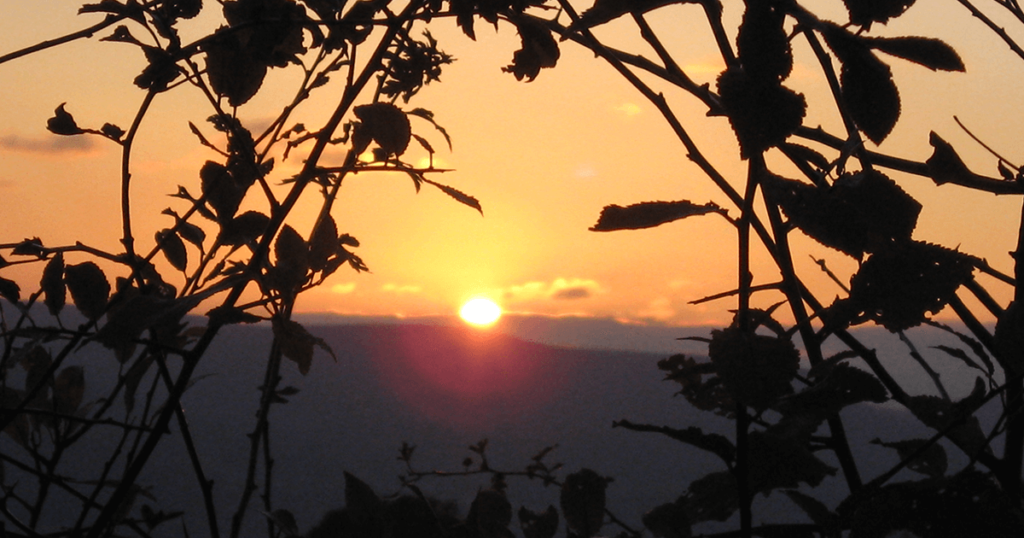
A smeuse is a hole near the roots of a hedgerow, where small animals shuttle between fields. I like to think of those passageways as having little round doorknobs and brass knockers, and perhaps you even need to know the password or solve a riddle to gain access to them. Humans are too big for smeuses, whose inaccessibility feels whimsical—like a place where the animal kingdom and a child’s fantasy merge. The magical feeling they impart is endemic to the English countryside, perhaps because of the classic books that describe them, like Richard Adams’s Watership Down, Kim Green’s Enchanted Garden, and even Tolkien’s Hobbit. Around Cambridge, there are a lot of hedges and plenty of little mammals, but still the word smeuse isn’t used very often.
Nature writer (and fellow Cambridge resident) Robert MacFarlane revitalized the term in his 2015 book, Landmarks, which draws attention to environmental words that most Britons have forgotten. Words like zwer (the “whizzing noise made by a covey of partridges as they break suddenly from cover”) and zugs (“little bog islands, about the size of a bucket”) are not often uttered under concrete-heavy skylines. Here, though, I can use smeuse in a Scrabble game and be able to back it up by walking five minutes down the road. Yet I find there’s another advantage to dusty words: no one will know when you modify the meaning. So on a dark, midwinter afternoon—when it felt like I was on the wrong side of a very tall hedge, with no gap to wedge through—I turned smeuse into a verb and started playing a game.
Smeusing around Cambridge is best done at dusk. My first time playing, I was walking down a lane of row houses, all with barrel-chested bay windows fronting the open fields of Jesus Green. At twilight, the windows were still uncurtained, but lights were on in hallways, kitchens, and studies. The lights made each bay an aperture into someone else’s world.
No hedges, no rodents, but I was smeusing all the same. The third house down the road was wood-paneled all the way to the kitchen, like the canal boats on the river. I half-turned to admire a birdhouse in a leafless maple tree, and when I looked back there was a woman crouched over spilled Legos, revealing the low-water mark of her jeans. The floor was thickly carpeted; there would be no way to gather all those Legos before a child distracted her.
Perhaps it sounds creepy—sidling down the street, visually trick-or-treating—but remember that at this time of year, dusk comes at 3:30 p.m. Peering in at teatime may be considered an act of harmless curiosity; doing so after 10 p.m. implies something more sinister than a well-meant smeuse.


